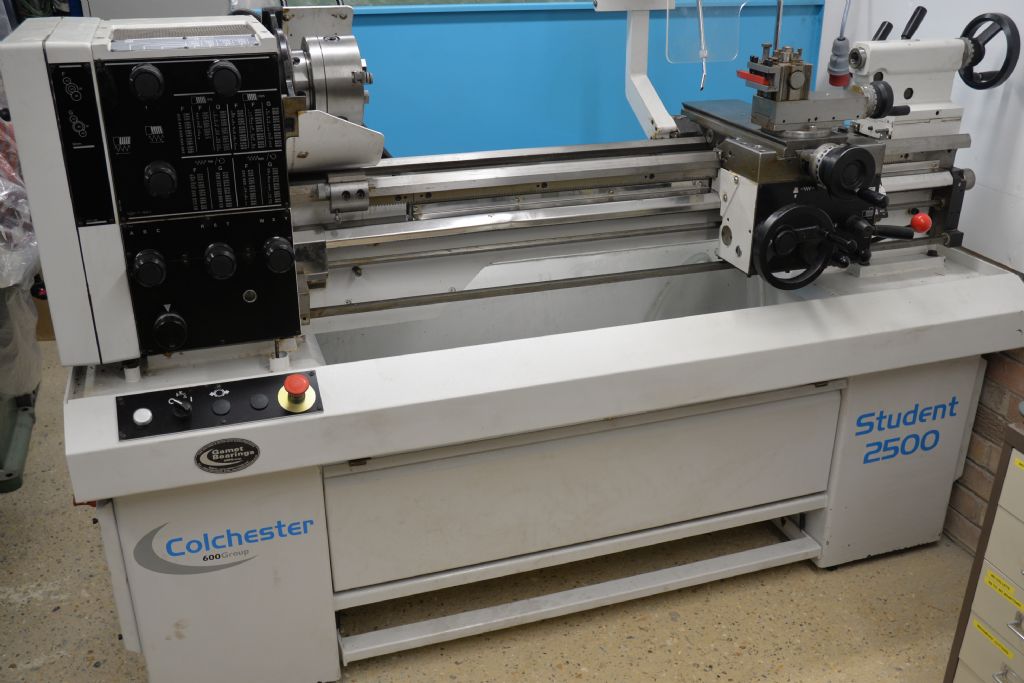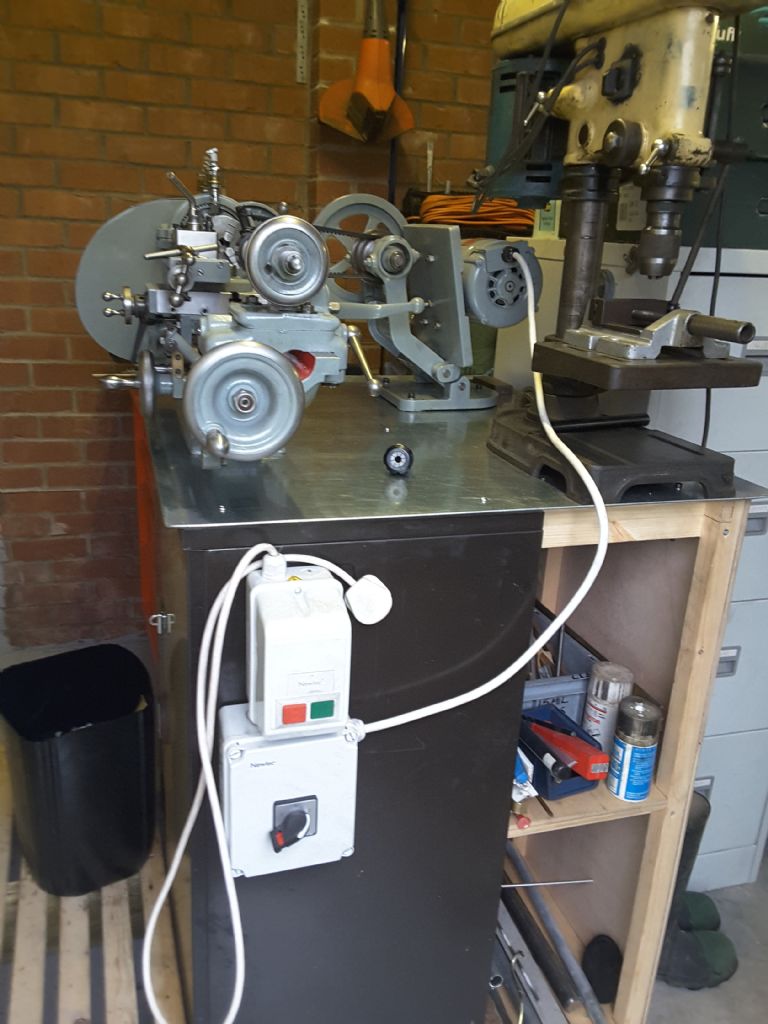Mike
Headstock location of controls has always been normal due to mechanical constraints on the linkage between operating levers and the various headstock innards.
However the designers were generally well aware of the potential hazards and most industrial quality lathes of any pedigree are so called "three shaft" types where the clutch can be operated by a lever on the tailstock side of the saddle via a rod with an appropriate keyway or splines machined in it. No idea when this became normal but my P&W Model B 12 x 30, a wartime re-iteration of an early 1920's design, is so equipped. Starting the motor and speed selection has to be done at the headstock but no need to run the job up from potentially hazardous position. Most later, bigger machines have remote electrical start and stop controls on the saddle too.
About the only quality lathe I know of that doesn't so conform is my Smart & Brown 1024 VSL which has no clutch, just big green forward and reverse run buttons and an even bigger red stop one. Start-up can easily be done from outside of the line of fire but stopping if things go pear shaped mid job does require moving into the danger zone. One day I might fit a tramp bar.
When it comes to chuck guards I have zero confidence in these flimsy devices being able to stop anything other than fairly small parts making a bid for freedom. I might be more tolerant if they were any good at containing swarf but the usual "fixed to the headstock" arrangements pretty much precludes this over any useful length. On day I'll sort the one on the 1024 so it is properly useful and fit one to the P&W.
Hobby lathes swim in a different pool where performance and features are dictated by the shallowness of the first purchasers pocket. Can be hard enough for Mr Ordinary Home Shop guy (or gal) to afford the basics let alone sophistication.
Clive
not done it yet.







